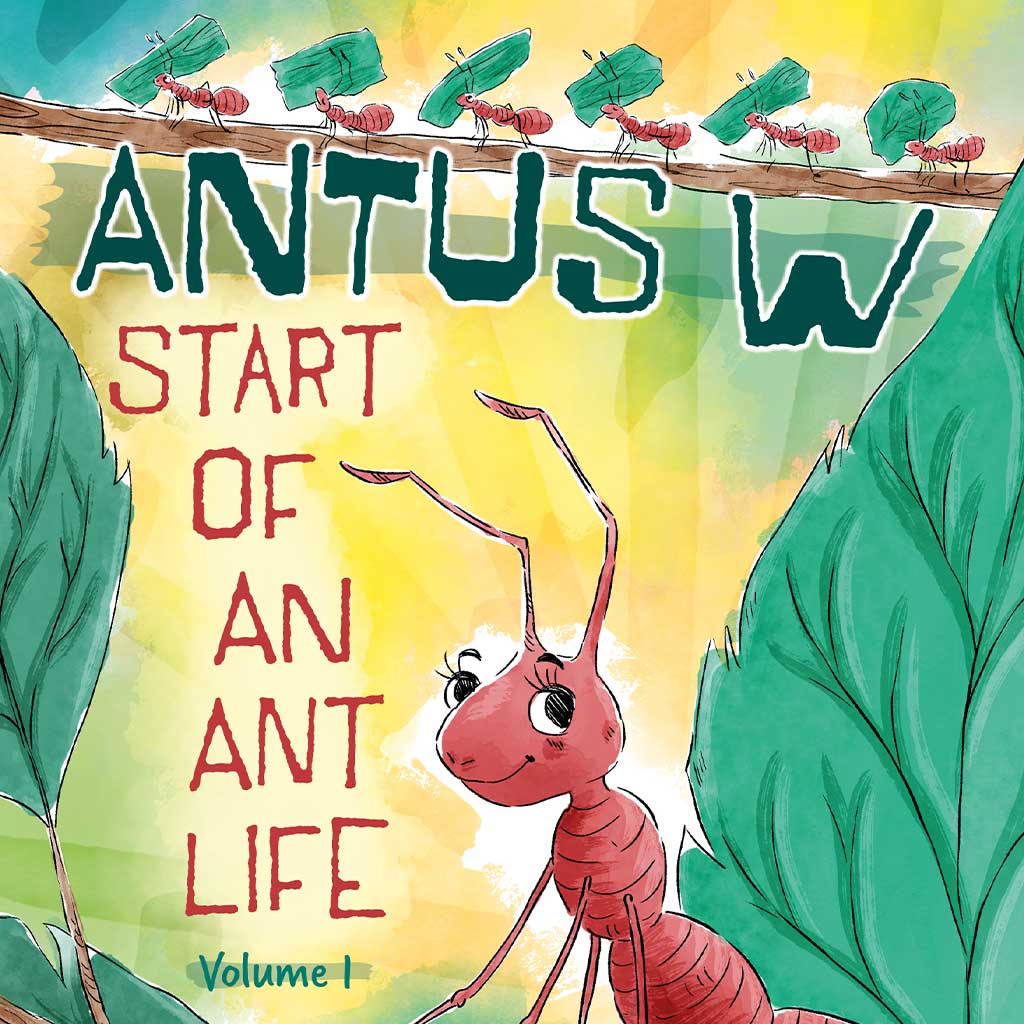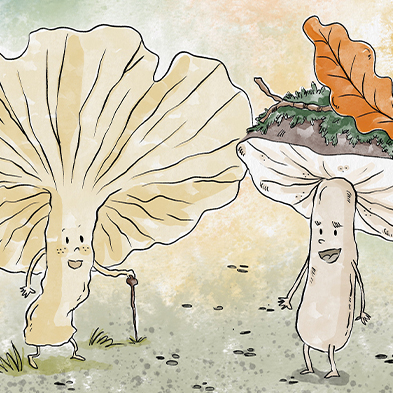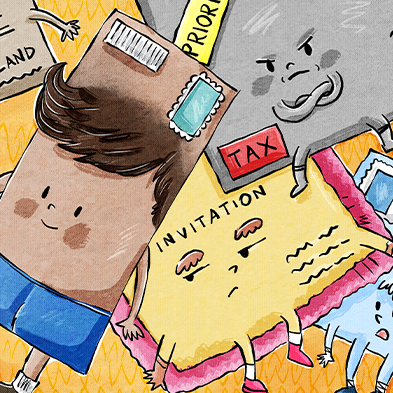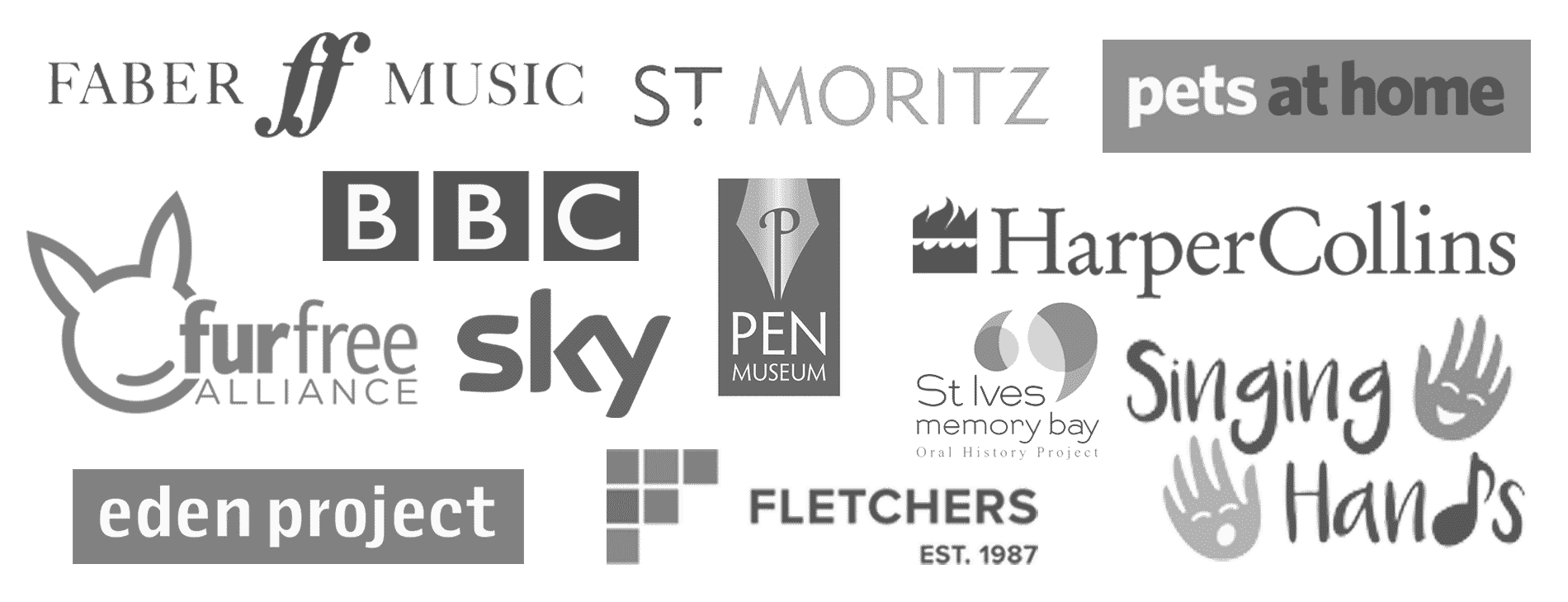We love children’s literature at Happydesigner, and as children’s book illustrators and authors, we’re committed to getting more publications out there to engage and inspire young readers.

However, anyone who thinks writing a children’s book is easy just because the audience members are young should think again. It may not be the same as writing War and Peace, but it’s still important to get it right.Here are our top five mistakes to avoid when writing for children.
No.1 – Underestimating the reader’s intelligence.
Children are capable of understanding complex ideas and themes, and it’s important to avoid talking down to them or oversimplifying the story. The best children’s books engage children’s curiosity and encourage them to think critically about the world around them.
No.2 – Neglecting the importance of illustrations.
We would say this, of course, but it’s nonetheless true, particularly for younger readers. Children’s books are often defined by their illustrations, and it’s important to work with a talented illustrator who can bring the story to life. Would Roald Dahl be as popular an author without Quentin Blake as his illustrator? Discuss!
No.3 – Forgetting to incorporate humour.
Children love to laugh, and humour can help to make a book more engaging and memorable. But that said, avoid being silly for the sake of it. Humour – indeed, any emotion – needs to complement the plot and the characters. Shoehorning in jokes for the sake of it will jar the reader. And, of course, any humour must be age appropriate. Jacqueline Wilson’s eponymous character in the Tracy Beaker books loved to tell people to “Bog off!” but that wouldn’t go down too well in the middle of a pre-schooler’s picture book.
No.4 – Failing to address important social issues.
Children’s books have the power to educate and inform young readers about important social issues, such as diversity, inclusion, and empathy. Don’t ignore these issues but instead, use the story to encourage children to think about the world around them. We’re thrilled that we partner with two brilliant organisations, creating and illustrating their books: the writers at The Elephant’s Trunk, who produce personalised books aimed at children of all abilities, and Singing Hands, who promote Makaton signing with whom we are co-creating the Signing Friends book series.
No.5 – Not picking a target audience or age range.
Children’s books are targeted at different age ranges, and it’s important to consider the developmental stage and interests of the target audience when writing the story. A book that is too advanced or too simple may fail to engage the reader and miss the mark. Always make sure your writing chimes with the target audience, whether that is via age group or interests. Writing a book for ‘everyone’ will probably fail to hit the mark with anyone.

We hope this useful checklist will be an aid to your writing, and – if you are looking for a children’s book illustrator to assist – please do get in touch with the team here at Happydesigner.
Written by Jo Smyth (www.wordworker.co.uk)




